
Fat Tire Electric Trikes: A Guide to Stability, Comfort, and Everyday Use
Fat tire electric trikes have become increasingly popular because they combine the safety of three wheels with the grip of wide tires. For riders seeking stability, comfort, and versatility, these trikes offer solutions that standard bicycles or scooters often cannot provide.
What Makes Fat Tire Trikes Different
Fat tire electric trikes are more stable than standard e-trikes because their 4-inch wide tires create a larger contact patch.
This wider footprint distributes weight evenly, prevents slipping on gravel, and grips better on snow or wet pavement. Riders in rural or coastal areas benefit from smoother handling on dirt roads or sandy trails. City commuters also appreciate the traction when crossing potholes or rain-soaked intersections.
While fat tires do add rolling resistance, powerful hub motors compensate, making the trade-off worthwhile for stability and safety.
Accessibility for Seniors

Fat tire electric trikes are especially suitable for seniors because they combine stability with comfort.
The wide tires keep the trike balanced on uneven ground, while the cushioned ride reduces strain on joints during longer trips. Most modern e-trikes also feature low step-through frames, making mounting easier for riders with knee or hip issues.
For those who need even more support, semi-recumbent designs with larger backrests—such as the MeetT One Breeze Pro Fat Tire eTrike—provide additional comfort and confidence, allowing older adults to enjoy cycling safely and independently.
Carrying Capacity and Everyday Utility
High weight capacity allows fat tire trikes to serve both heavy riders and cargo needs.
Most standard trikes support around 250–300 lbs, but models designed with reinforced frames reach 350 lbs or more. This extra strength makes them ideal for riders who want to carry groceries, tools, or even pets in a rear basket.
Fat tires stabilize the load by keeping balance on uneven roads, turning the trike into a daily workhorse. For many families, this practical utility is the main reason to choose a fat tire design over a slim-tire alternative.
Range for Daily Commuters
Extended battery life makes fat tire trikes reliable for commuting.
While average models achieve 40–60 miles per charge, advanced options can reach 80+ miles, covering long rural distances or full days of city travel. A longer range reduces the need for frequent charging and gives riders confidence to replace short car trips with trike rides.
Breeze Pro eTrike, for example, delivers up to 85 miles per charge, making it suitable for both urban professionals and countryside residents who face longer daily routes.
Suspension and Comfort
Suspension systems improve comfort on rough terrain.
Although fat tires naturally cushion bumps, potholes and cobblestones can still cause vibration and fatigue. A front suspension fork absorbs shocks, reducing strain on arms and back. Studies show suspension can cut vibration by up to 40%, making long rides more enjoyable.
For seniors or commuters who ride daily, this combination of traction and shock absorption ensures a smoother, safer journey than rigid trikes.
Safe for Hills and Slopes
Fat tire trikes handle hills better when equipped with strong motors and responsive brakes.
A 750W hub motor provides steady climbing power, while dual disc brakes deliver secure stopping on descents. The wide tires maintain grip, preventing spin-outs on wet or steep surfaces. For riders living in hilly regions, these features are essential for safety and confidence.
Unlike slim-tire e-trikes, fat tire models distribute force more evenly, which reduces slipping on inclines.
Cargo and Everyday Utility
Cargo capacity is one of the most practical advantages of fat tire trikes.
Sturdy racks or baskets allow riders to transport groceries, school bags, or work tools. The wide tires stabilize loads that might otherwise tip a slim trike. For delivery workers or families, this means fewer car trips and lower transport costs.
All Meet One eTrike integrates a strong rear rack to support daily errands without compromising balance, making it a dependable option for both city and rural households.
Safety Features That Matter
Modern fat tire trikes are safer because they combine visibility with stopping power.\
LED front and rear lights, reflective tire sidewalls, and dual disc brakes enhance safety in low light and heavy traffic. Wide tires prevent sliding on wet roads, while three-wheel stability eliminates the risk of falling at low speeds. Together, these features make fat tire trikes an appealing choice for cautious riders who value peace of mind.
Maintenance and Costs
Maintaining a fat tire trike is simpler and cheaper than maintaining a car or scooter.
Keeping tires at 20–30 PSI ensures efficient rolling and prevents premature wear.
Batteries last longer if recharged before dropping below 20%.
Annual maintenance costs are usually under $200, covering brake pads, tire checks, and occasional servicing.
Compared to fuel, insurance, and car upkeep, fat tire trikes offer a budget-friendly alternative for short- to medium-distance travel.
How to Choose the Right Fat Tire Trike
The right fat tire trike depends on individual needs.
Seniors should prioritize low step-through frames and stability, commuters should look for extended range, and cargo users need high capacity and strong racks. By matching features to lifestyle, riders can select a trike that balances comfort, safety, and practicality.
Breeze Fat Tire Electric Trike combines low entry, long range, and 450 lbs capacity, making it a versatile solution for many categories of riders.
Conclusion
Fat tire electric trikes bring stability, comfort, and utility together in one package. With wide tires for traction, suspension for comfort, and features tailored to seniors, commuters, and cargo users, they stand out as one of the most practical mobility solutions today. For riders ready to explore this category, Meet One Trike demonstrates how modern design can meet the diverse needs of everyday life.
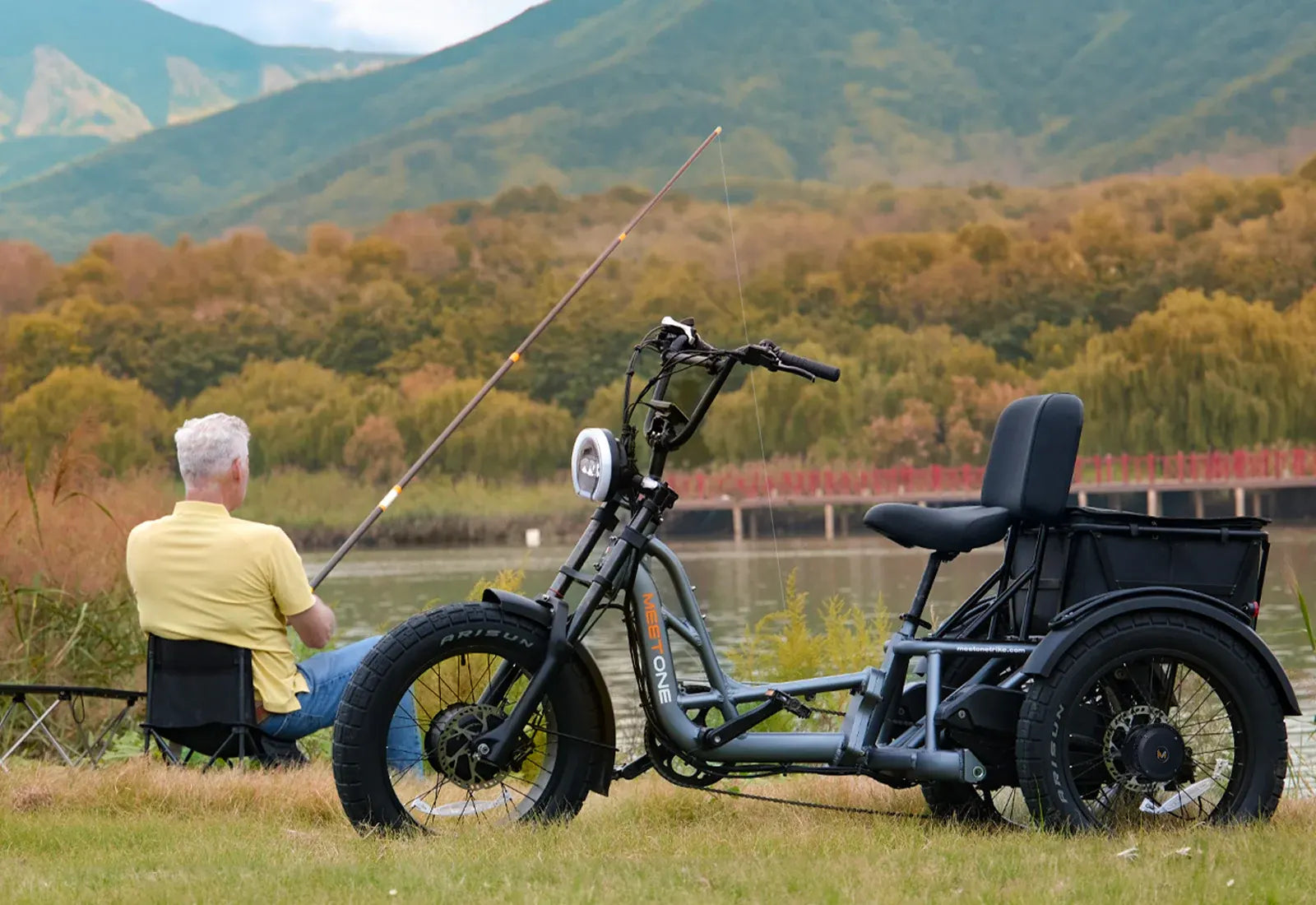
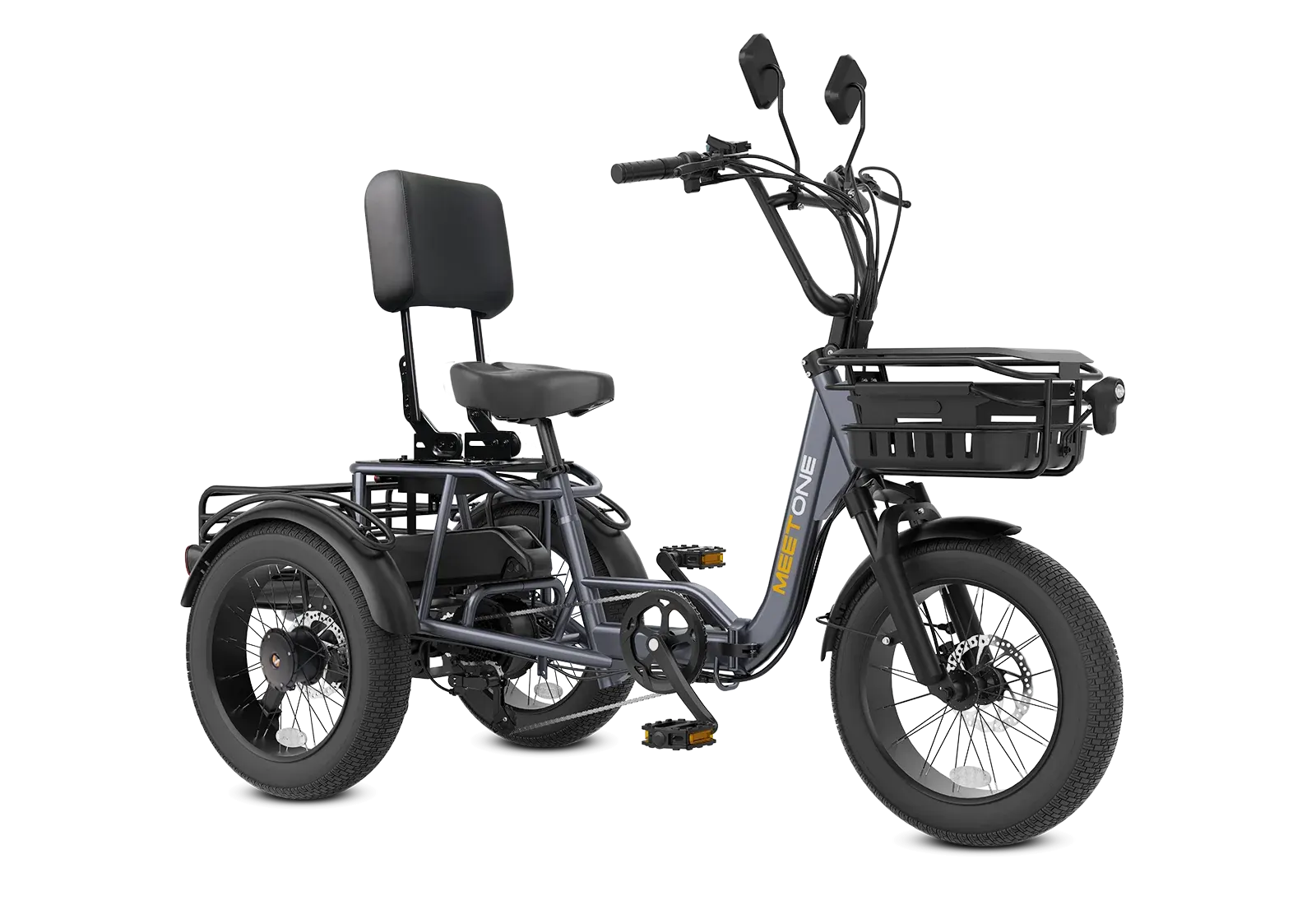
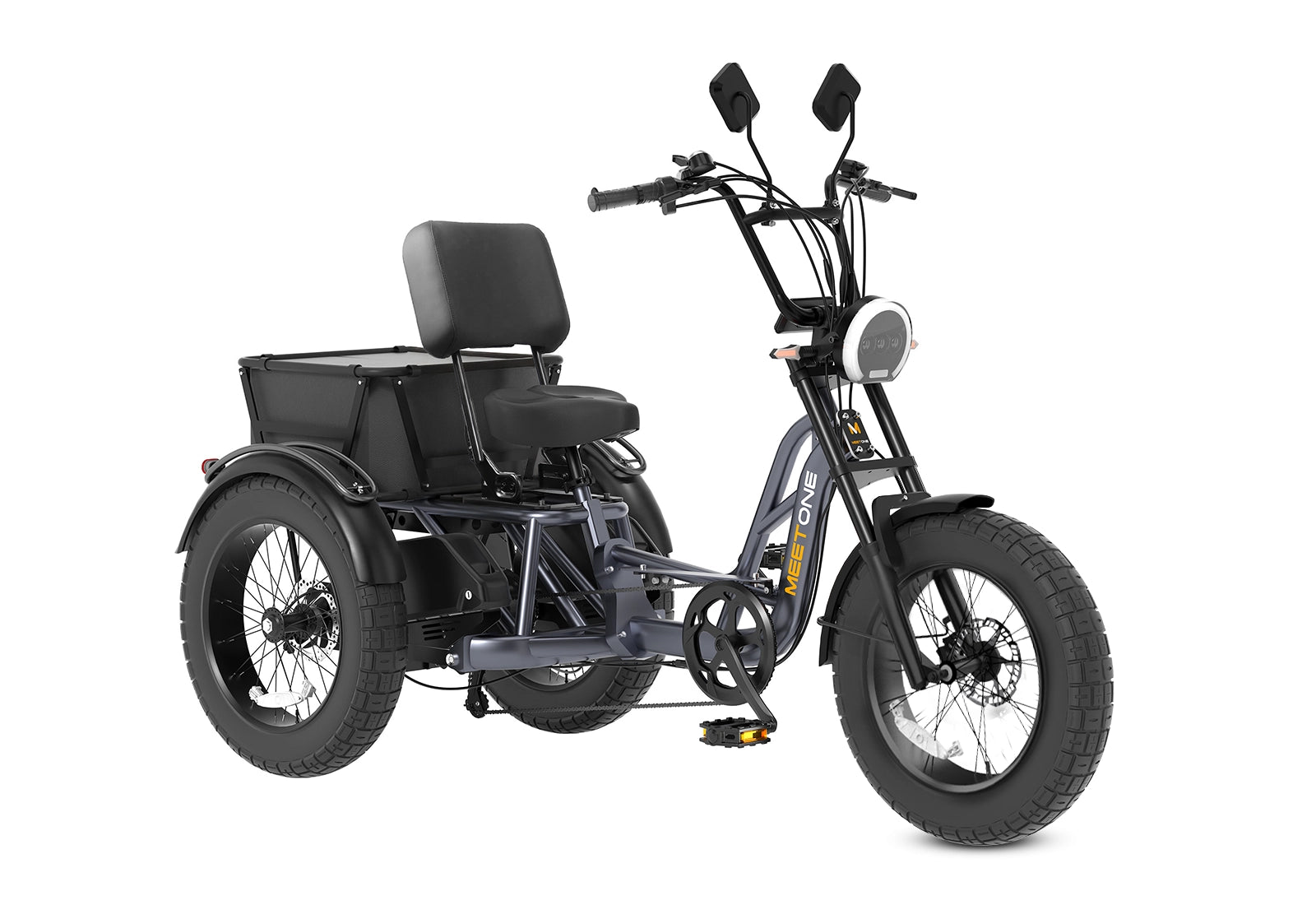
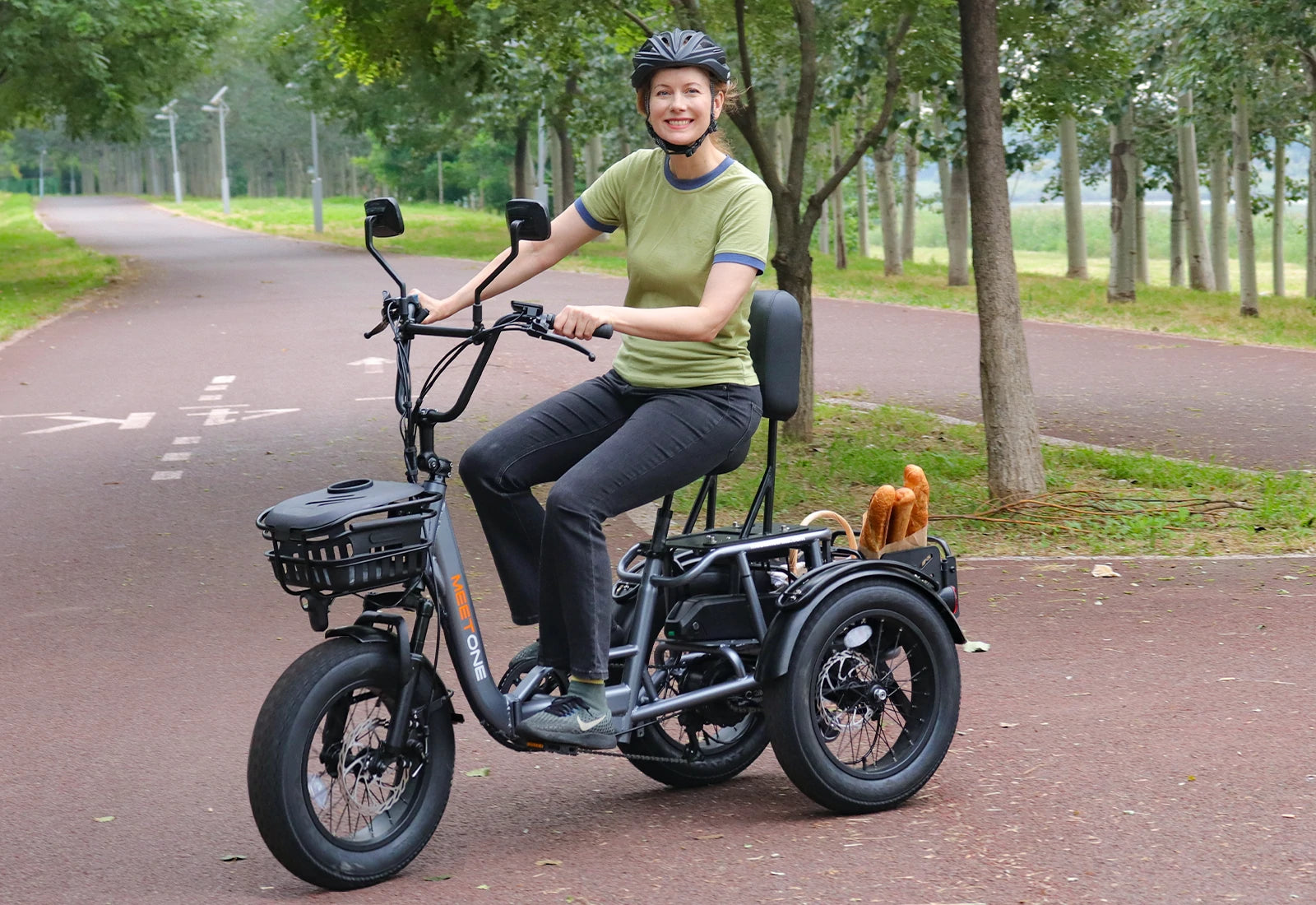
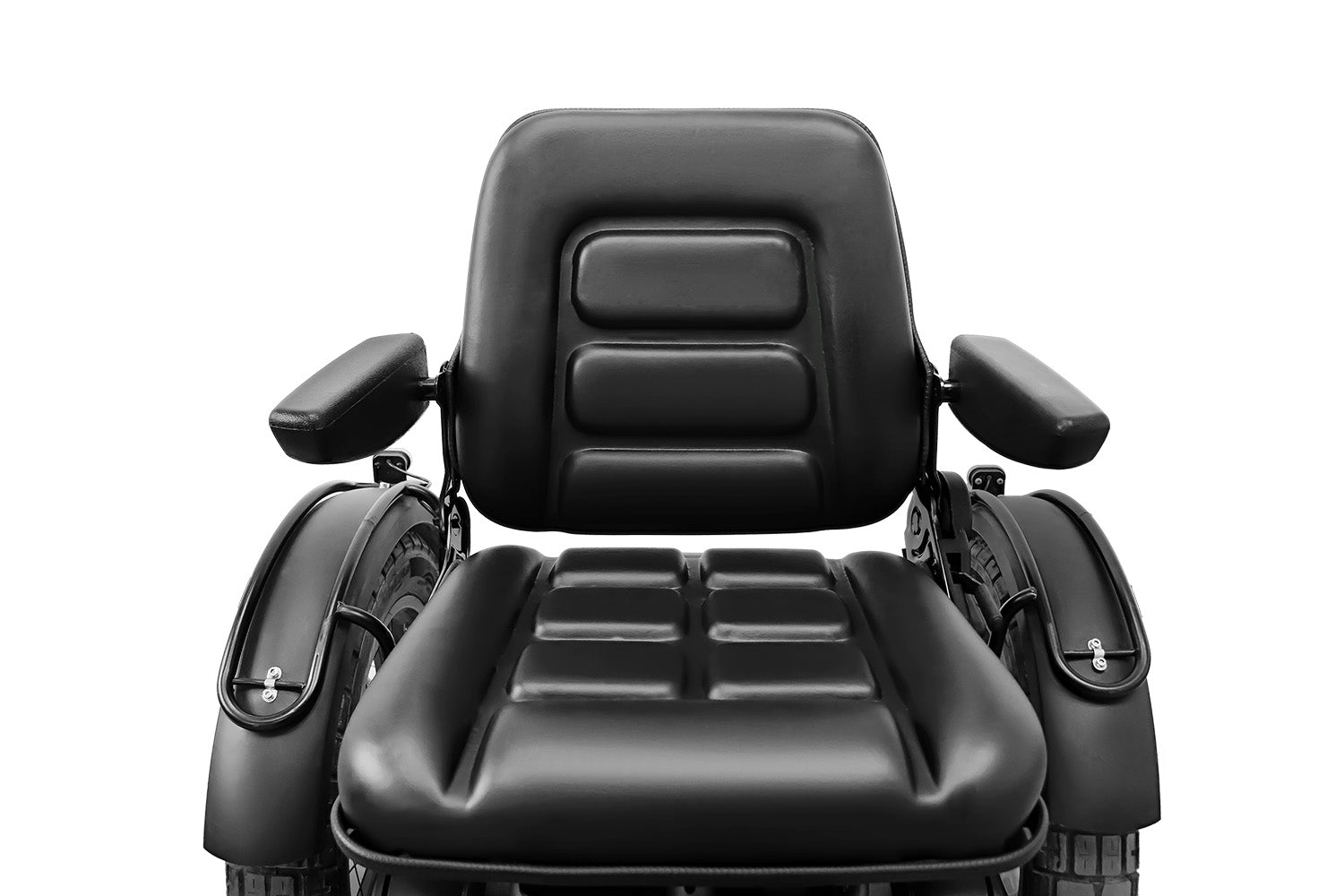
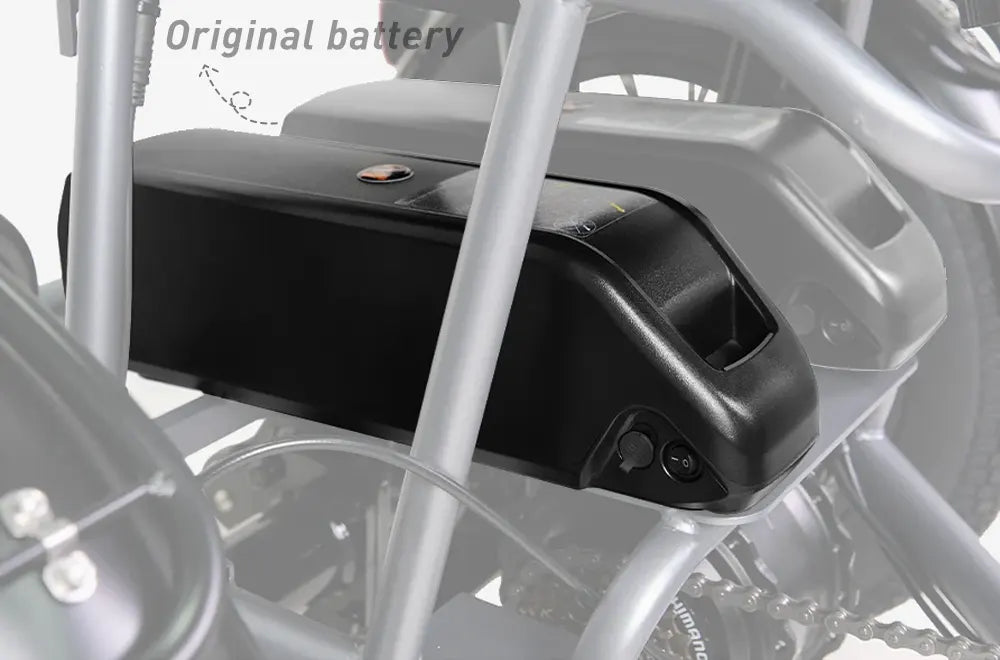
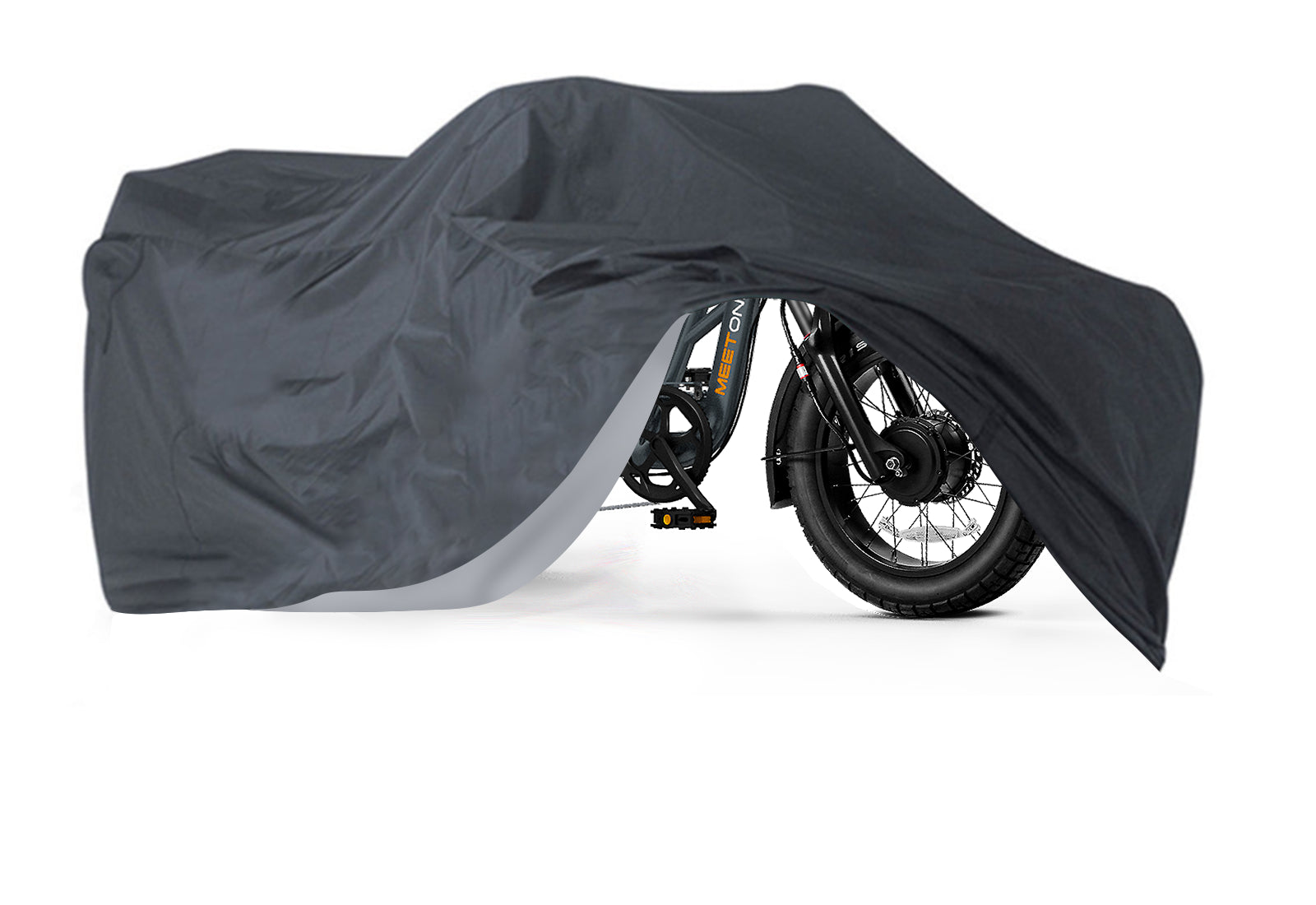
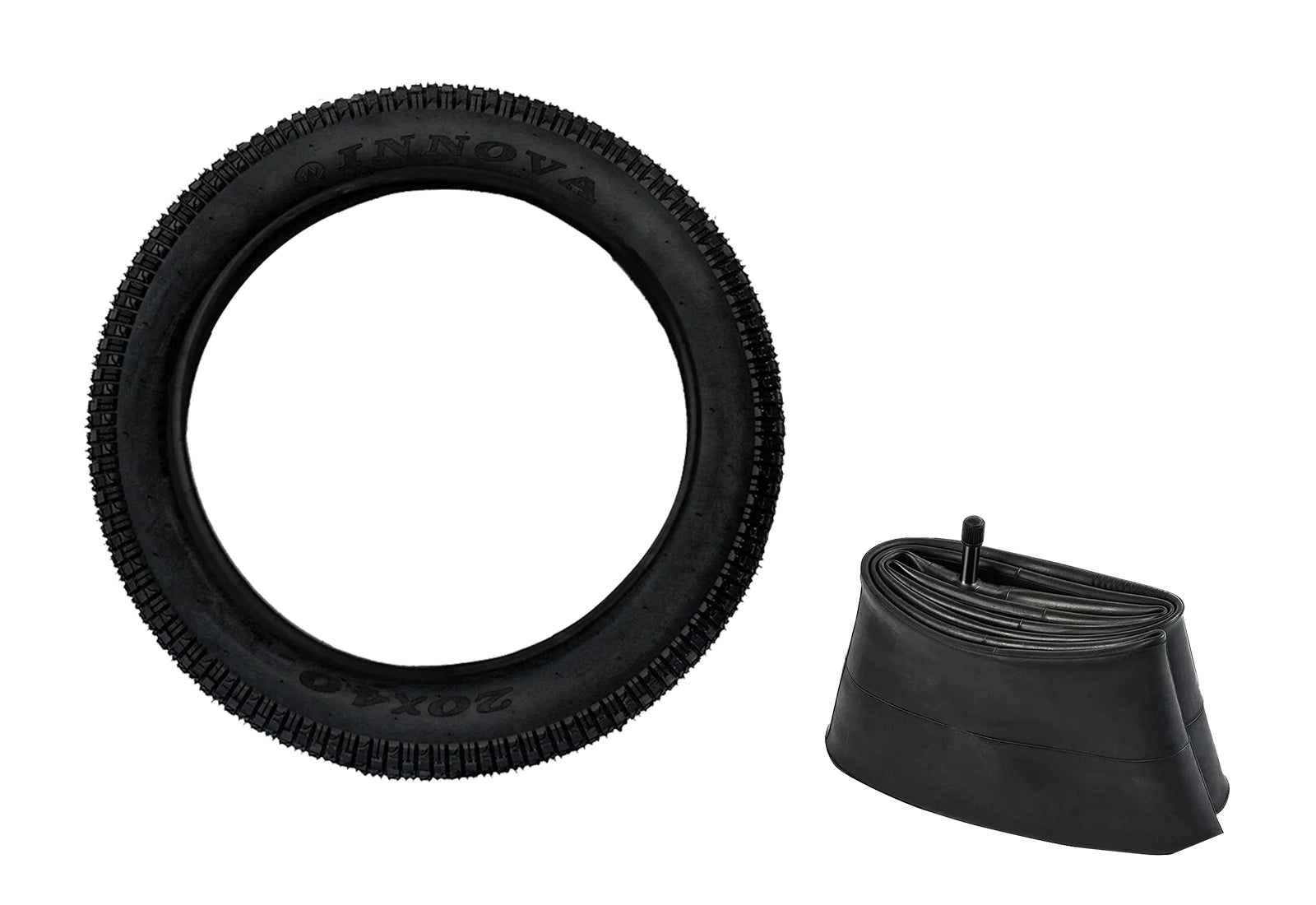
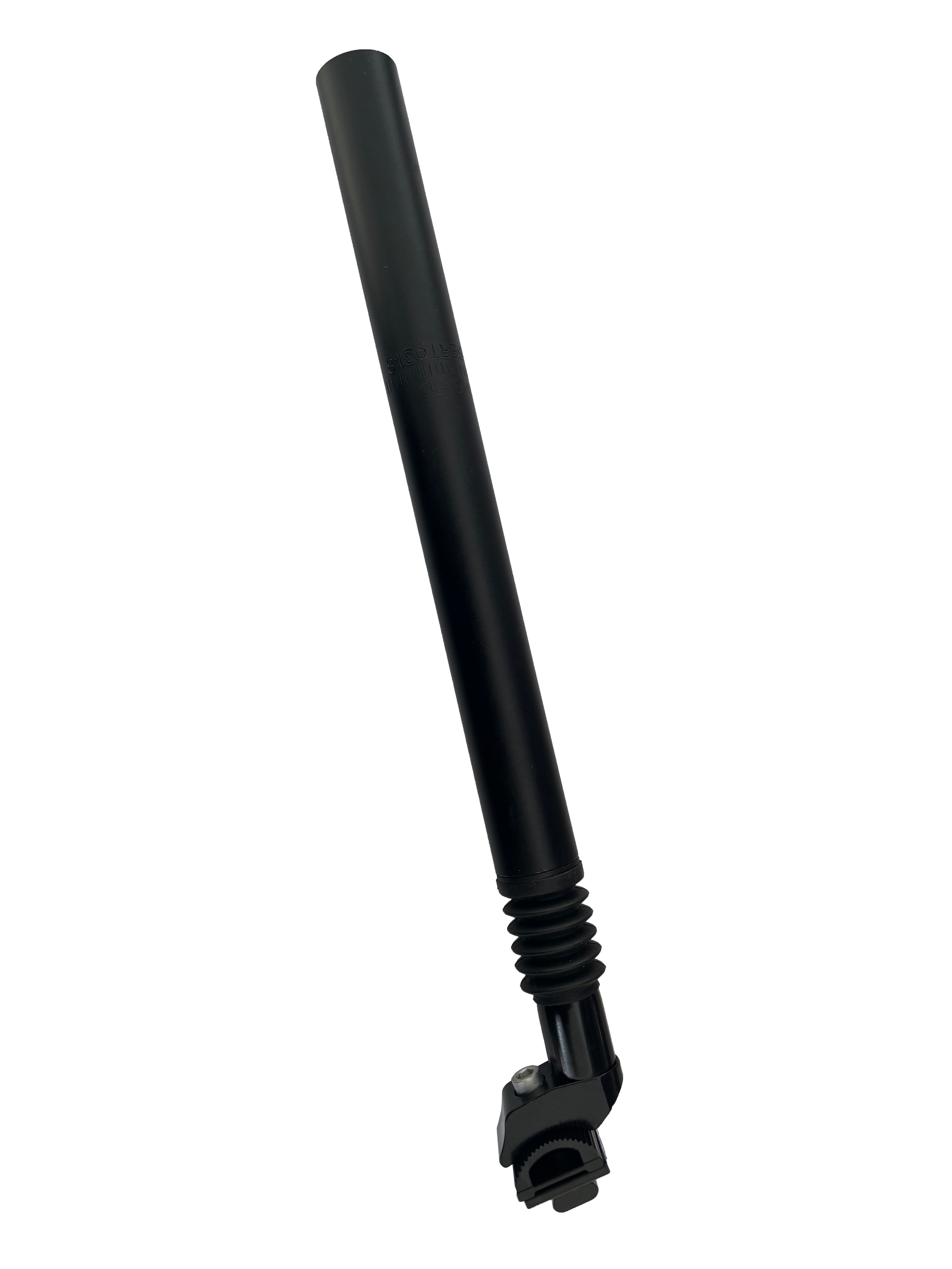
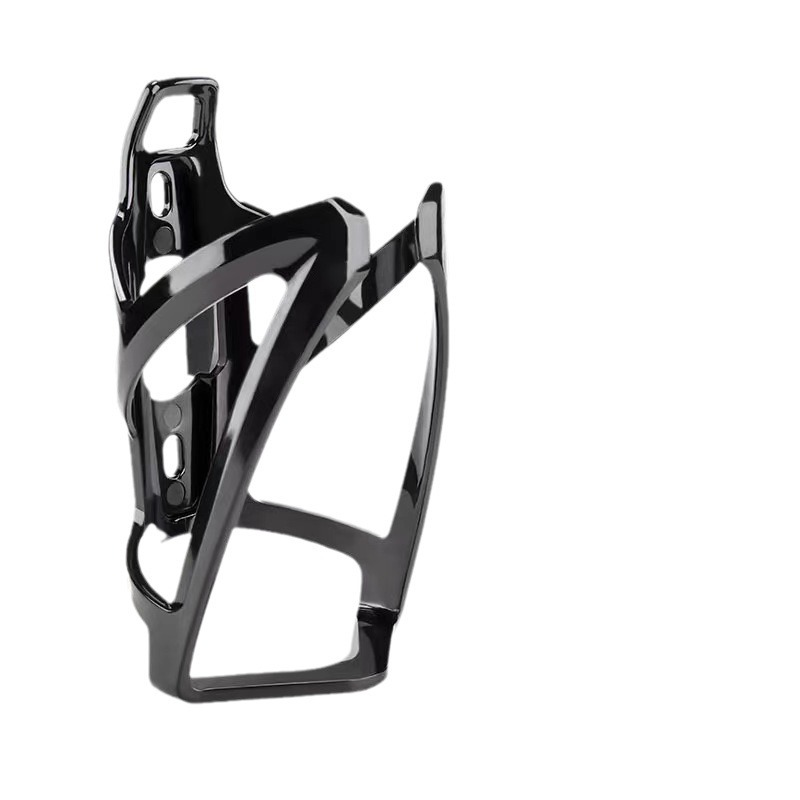
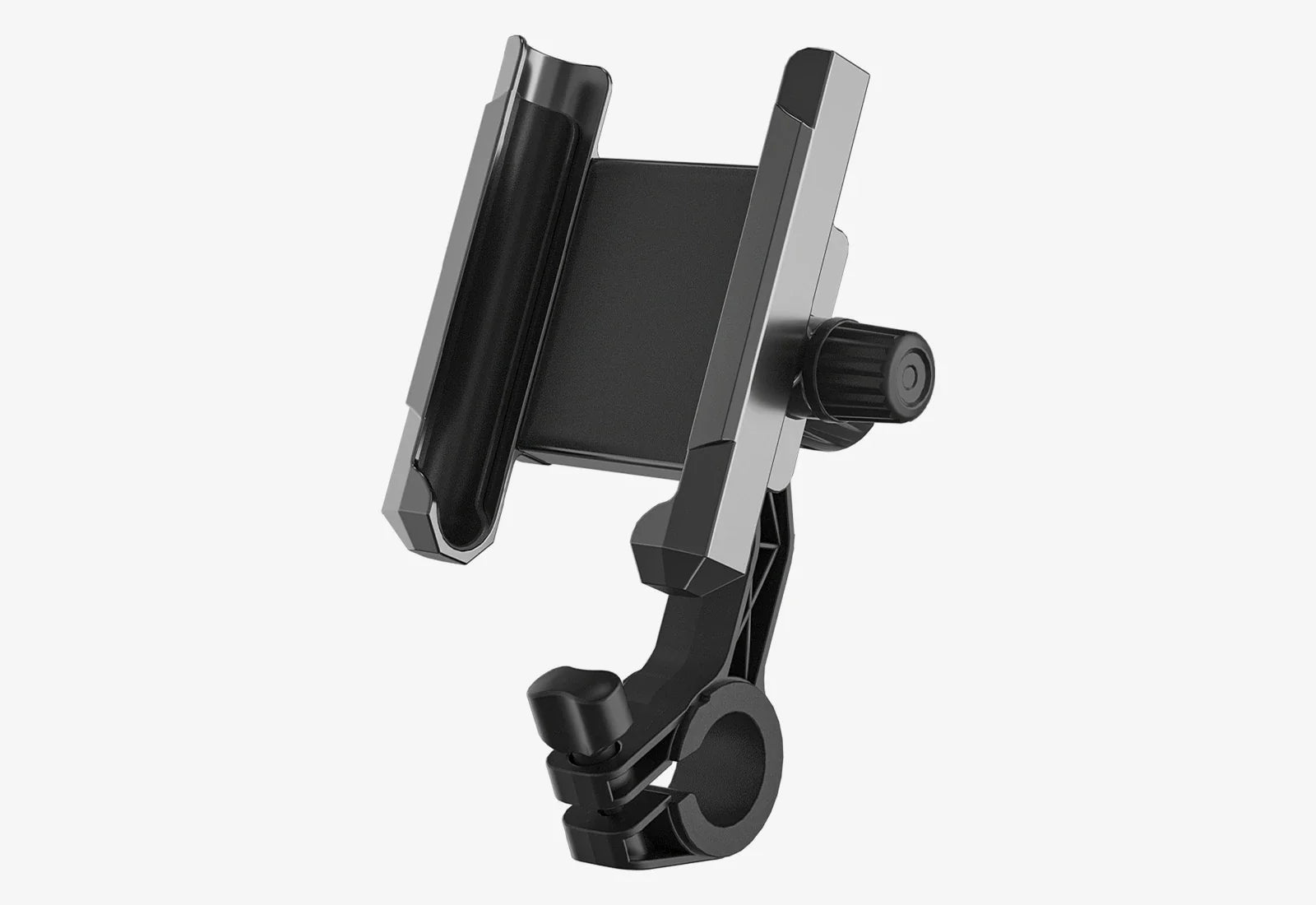
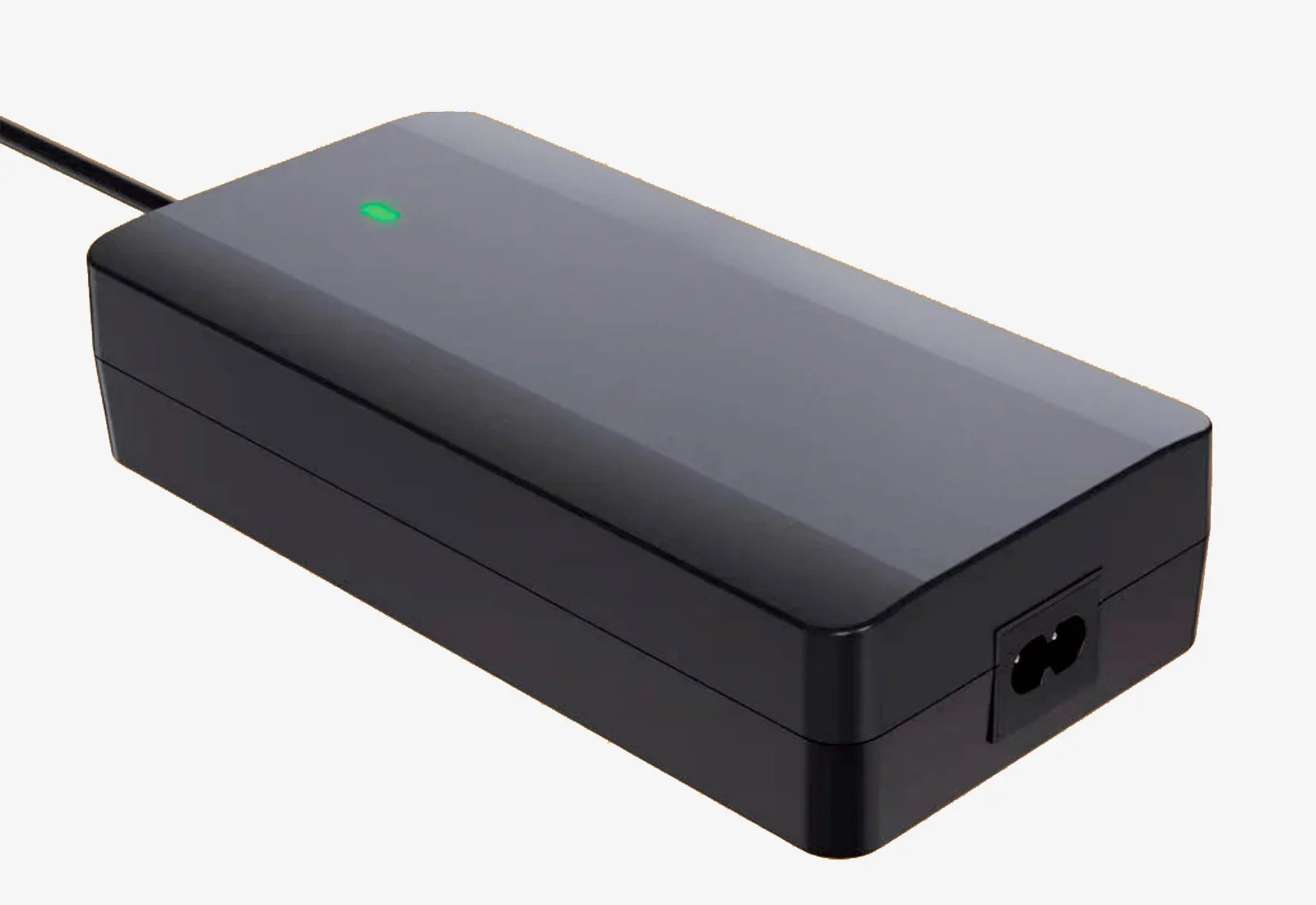

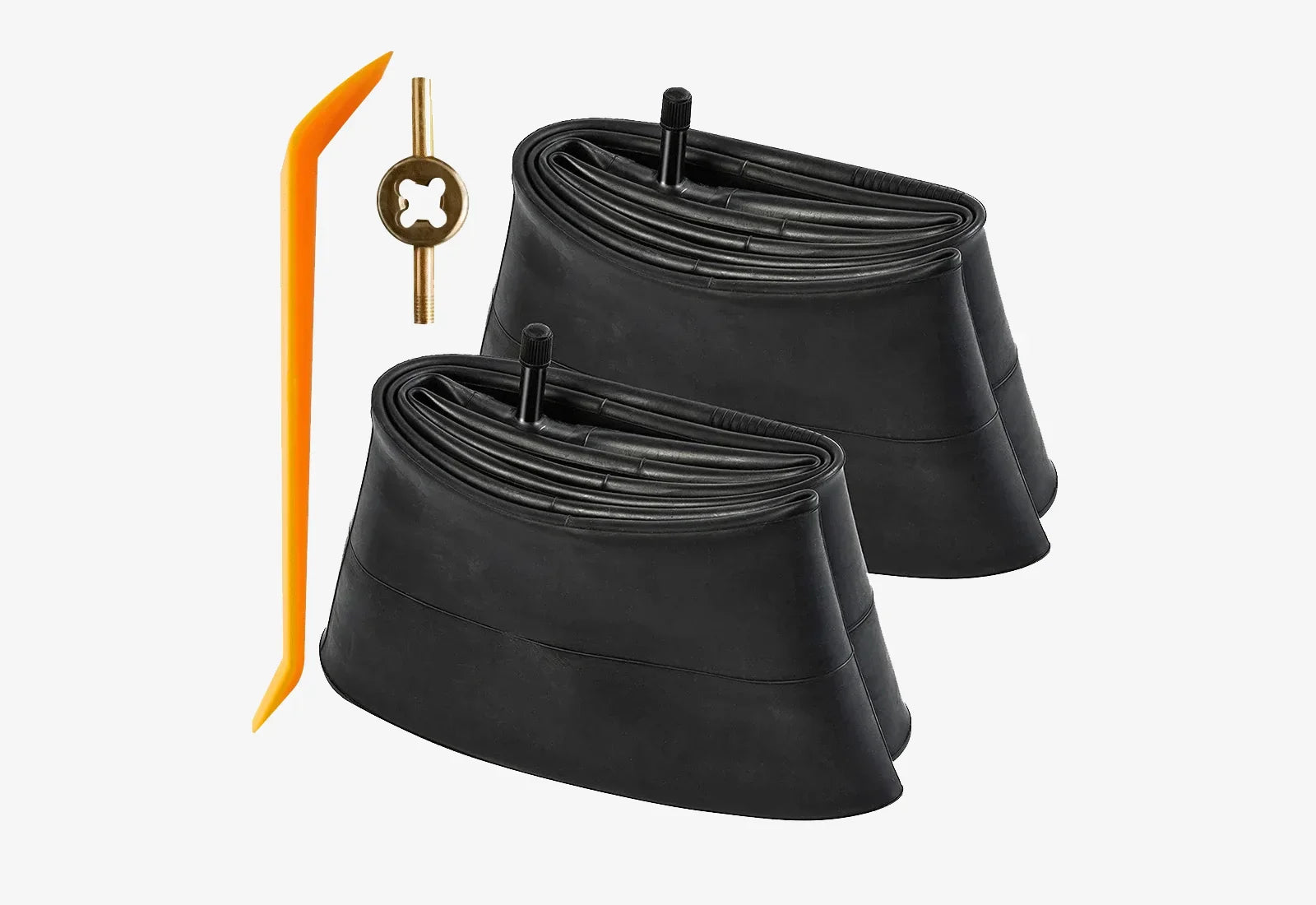
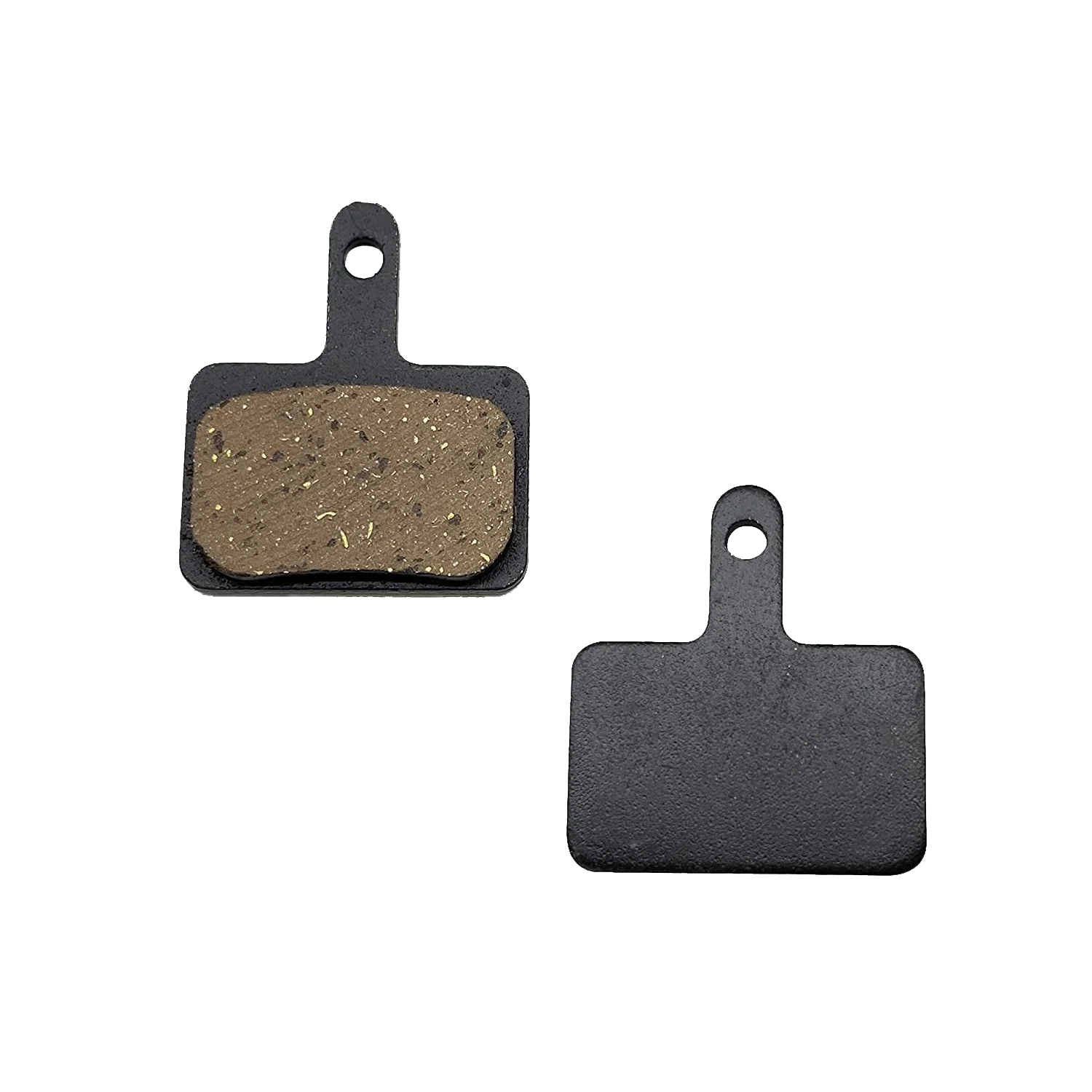
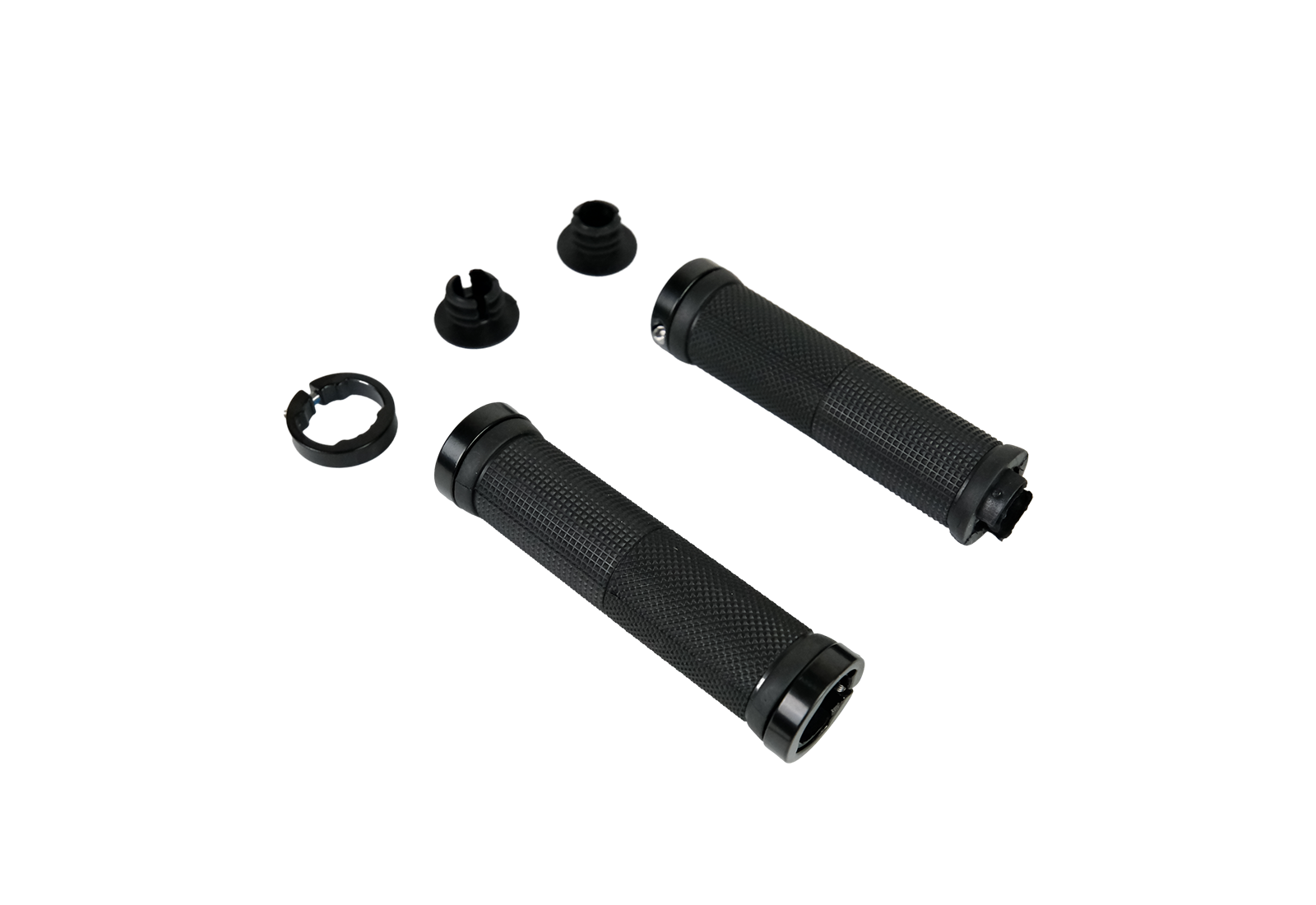
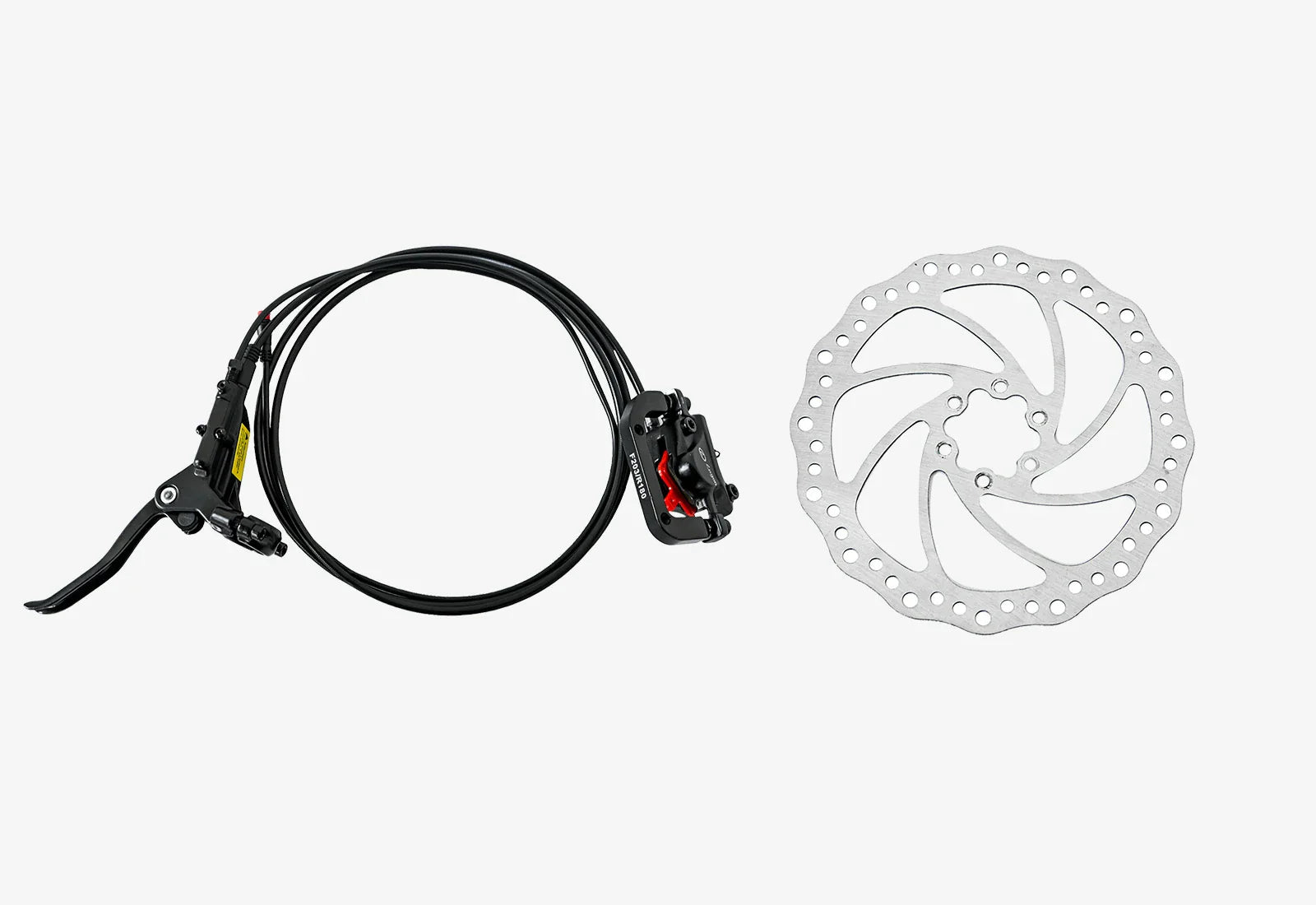


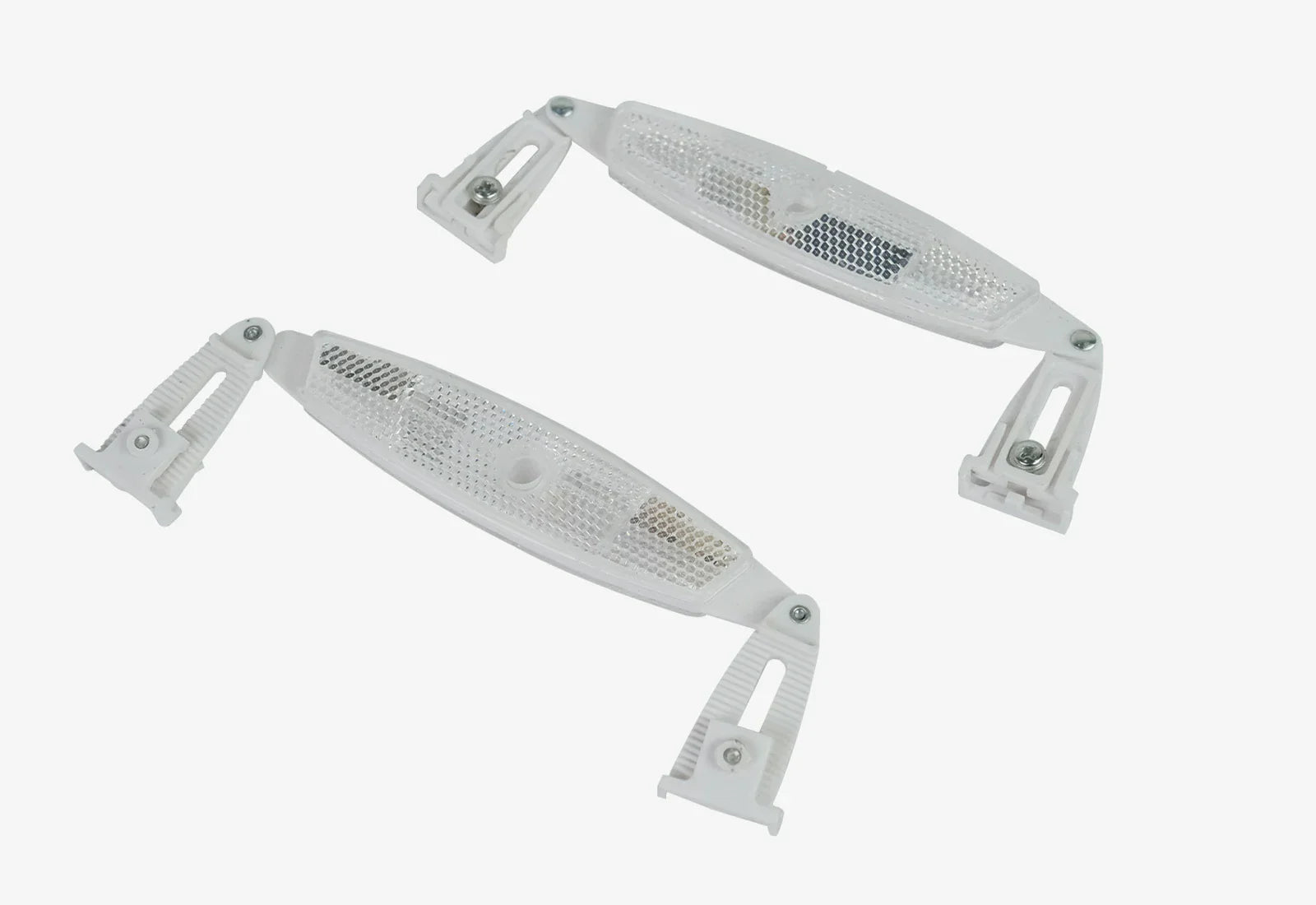
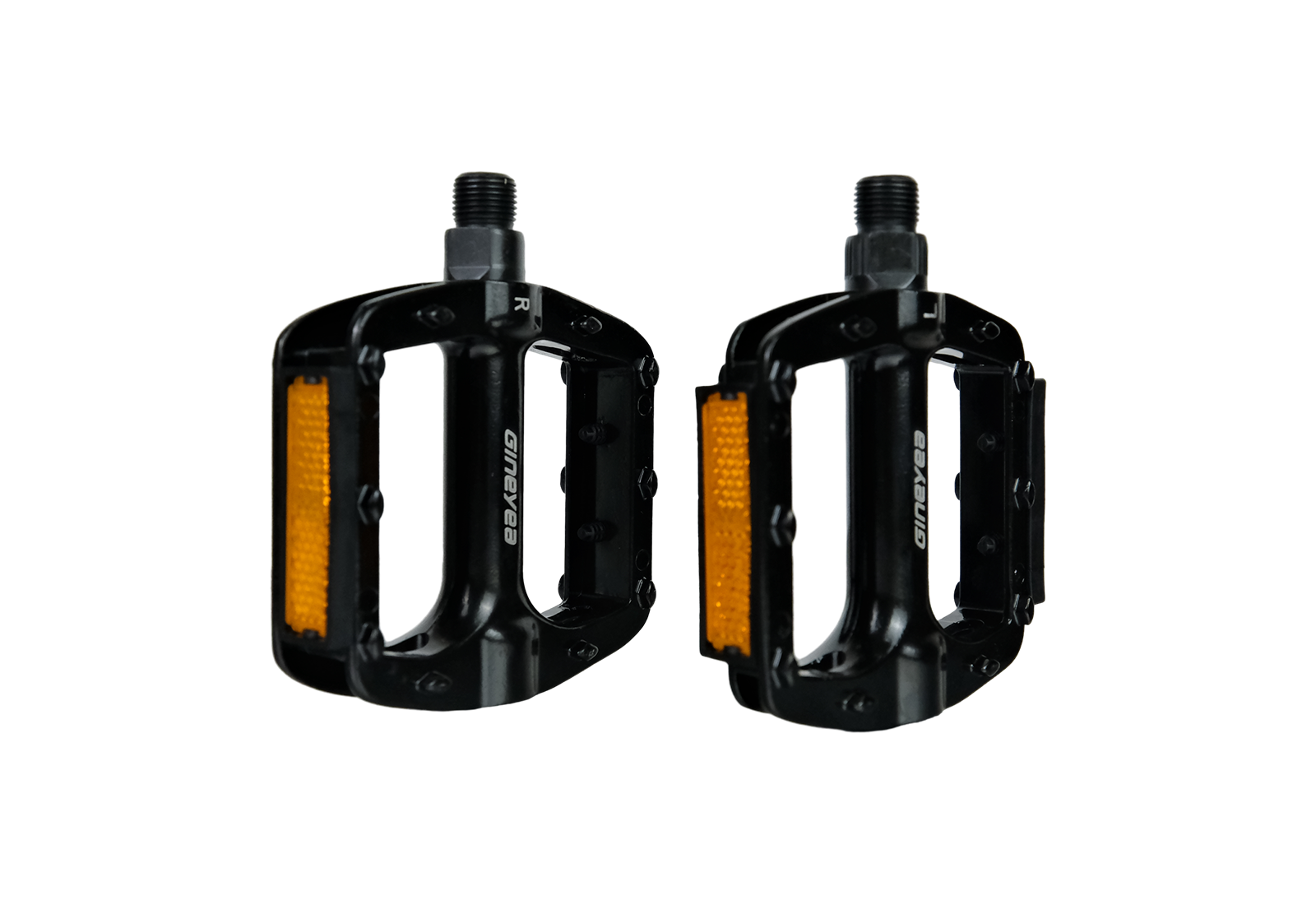

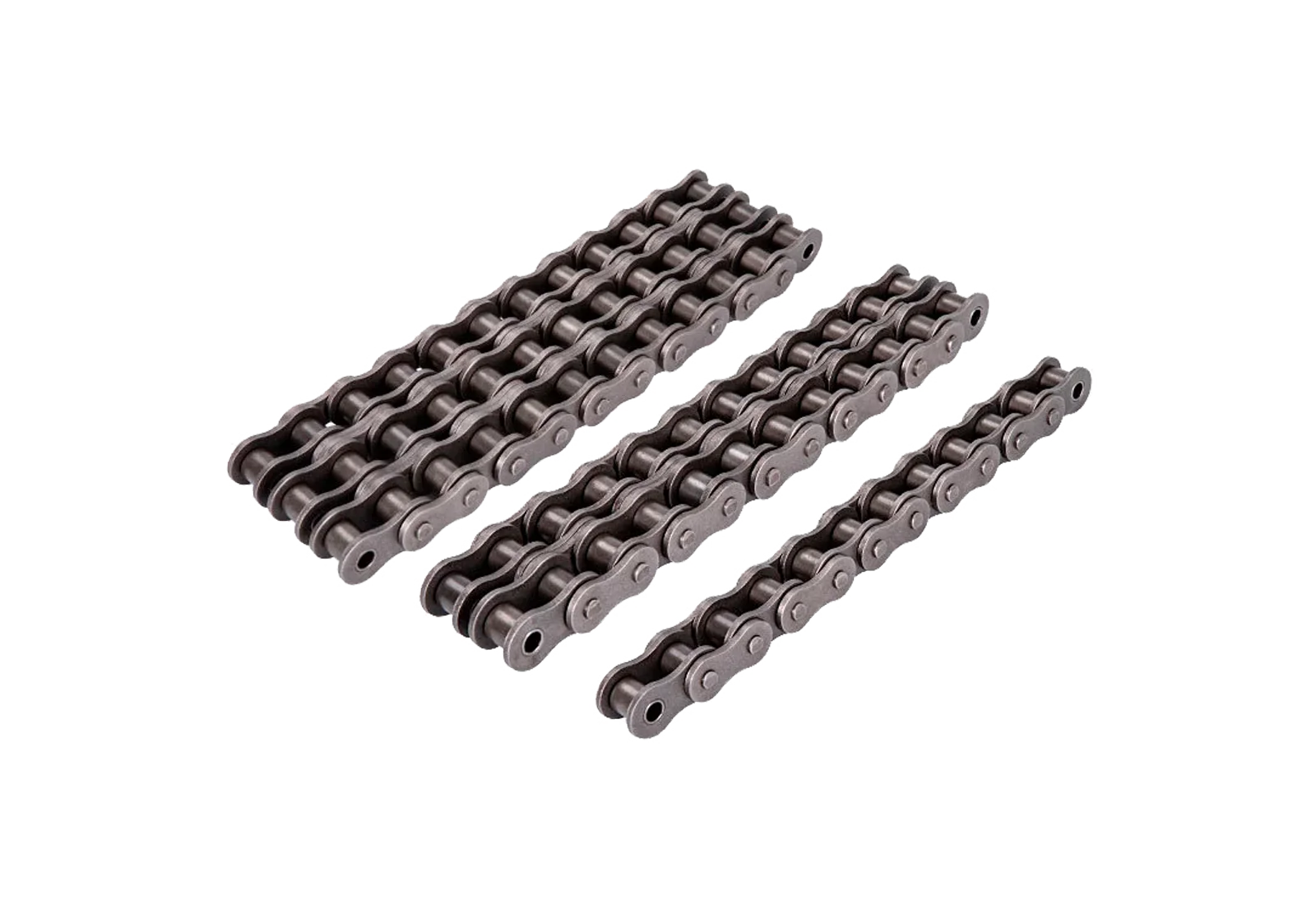
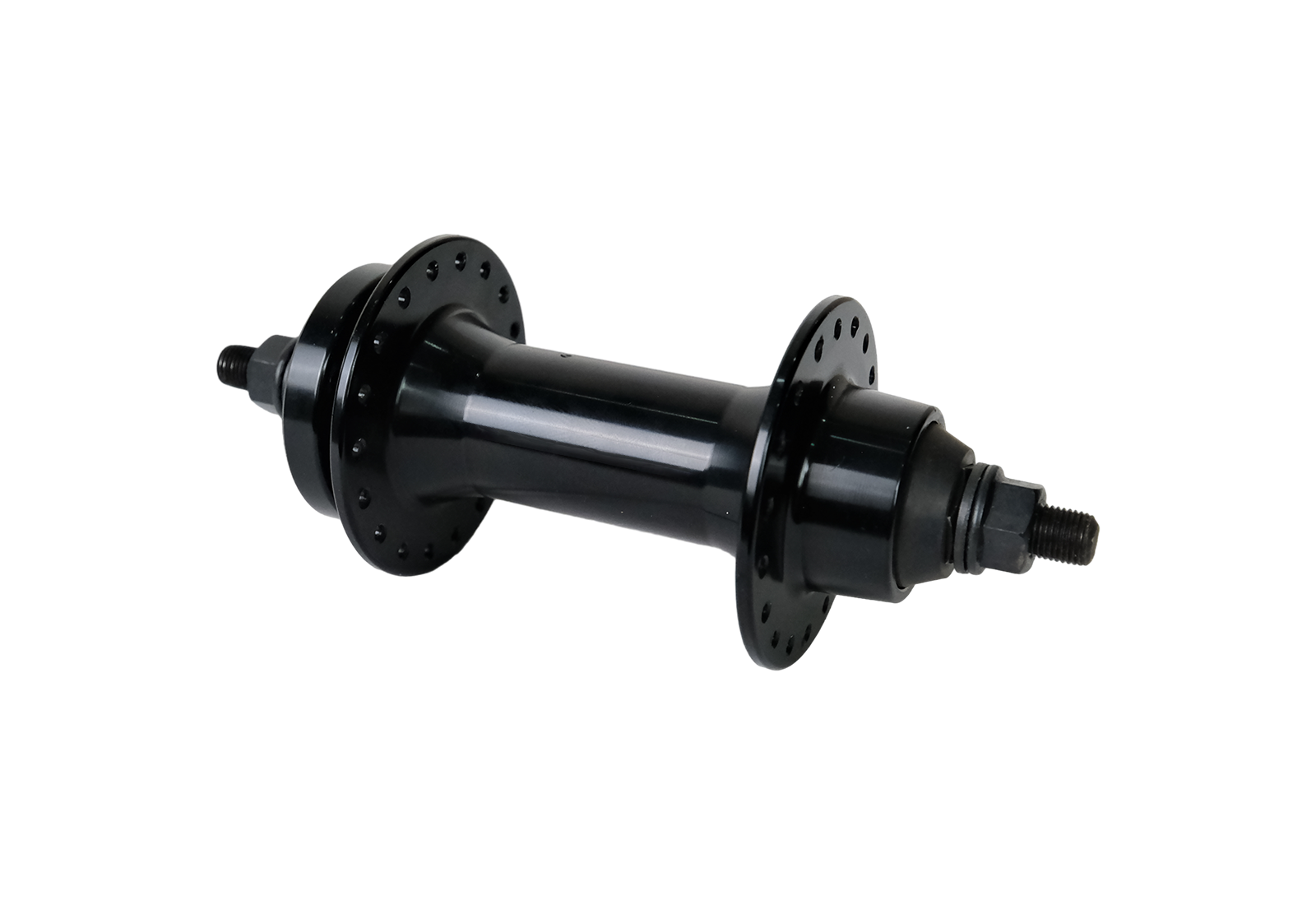
1 comment
Your e-trike sounds like a good fit for me. Where are you located?